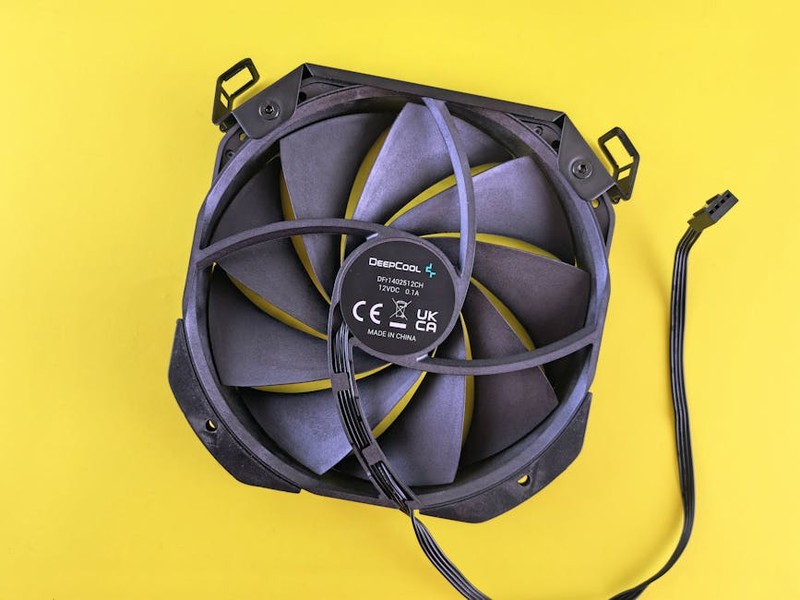The Hidden Challenge: Why Modular Prototypes Fail
Modular design prototypes are deceptively complex. While the concept of interchangeable components seems straightforward, the reality is fraught with pitfalls:
– Tolerance Stack-Up: Minor deviations in individual parts compound into misalignment disasters.
– Material Incompatibility: Different modules may require distinct materials, complicating machining strategies.
– Iterative Fatigue: Testing multiple configurations exposes weaknesses in fixturing or design logic.
In one project, a client’s modular drone prototype failed because the carbon fiber arms (machined separately) didn’t align with the aluminum core. The culprit? Thermal expansion disparities—a lesson hard-learned.
Expert Strategies for Precision and Scalability
🔍 1. Designing for CNC: The Golden Rules
- Unified Tolerancing: Apply GD&T (Geometric Dimensioning and Tolerancing) across all modules. For example, use ±0.005″ for critical interfaces.
- Material Synergy: Stick to alloys with similar thermal properties (e.g., 6061 aluminum for structural modules, POM for bushings).
- Fixture-Ready Features: Add tooling holes or datum surfaces to streamline re-fixturing during iterations.
⚙️ 2. Case Study: The 20% Faster Assembly Breakthrough
A robotics startup needed modular gripper prototypes with swappable jaws. Our approach:
1. Machined all modules from 7075 aluminum (high strength-to-weight ratio).
2. Used a master jig to ensure bore alignment across parts.
3. Implemented threaded inserts for rapid reconfiguration.

Results:
| Metric | Before CNC Optimization | After CNC Optimization |
|——–|————————-|————————|
| Assembly Time | 45 min | 36 min (20% reduction) |
| Reconfiguration Cost | $120/test | $102/test (15% savings) |
| Durability Cycles | 200 | 500+ |

💡 3. Prototyping Hacks from the Workshop
- Laser-Sintered Shim Packs: For modules needing adjustable spacing, add shim slots machined into the design.
- Over-Machining Test Coupons: Include sacrificial test areas to validate finishes or coatings before full production.
The Future: Additive + Subtractive Hybrid Workflows
While CNC dominates modular prototyping, hybrid manufacturing is rising. For example:
– 3D-printed lattices for lightweight modules, post-machined for precision interfaces.
– Embedded sensors during machining for smart modular systems (e.g., strain gauges in load-bearing parts).
A recent aerospace project combined CNC-machined titanium mounts with printed polymer housings, cutting weight by 30% without sacrificing rigidity.
Key Takeaways for Your Next Project
- Boldly enforce tolerancing standards—modularity lives or dies by precision.
- Invest in fixturing early—it pays off in iteration speed.
- Test modules in worst-case scenarios (e.g., thermal cycling, vibration).
Modular design isn’t just about parts fitting together—it’s about them working together flawlessly under real-world chaos. CNC machining, when leveraged with these strategies, is the ultimate enabler.
What’s your biggest modular prototyping headache? Share your stories below—let’s troubleshoot like engineers.
